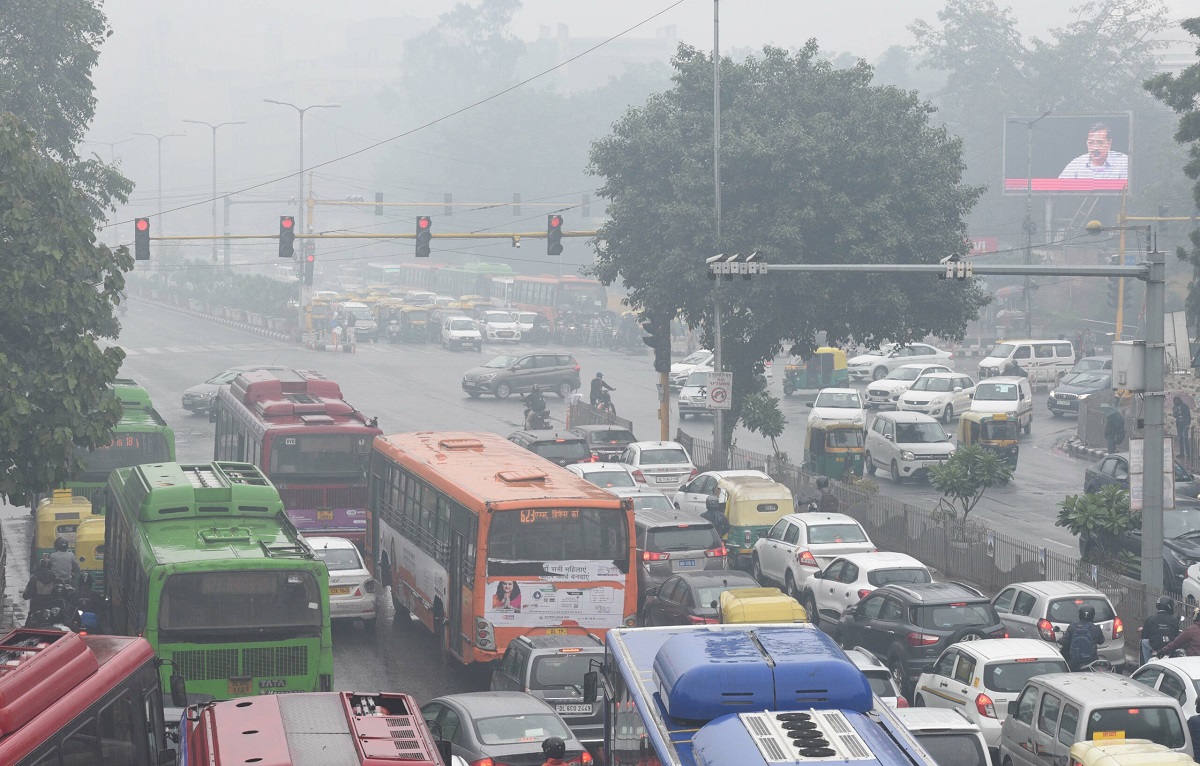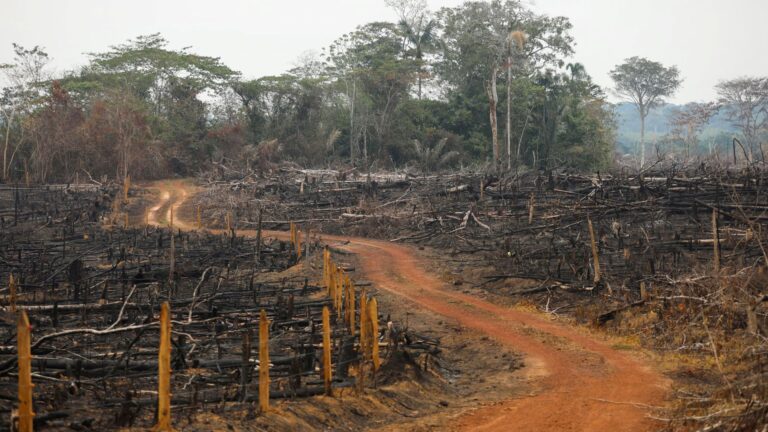
Annual Drop in PM2.5 and PM10 Levels Reported by Delhi Environmental Department
The Delhi Environmental Department has recently informed the National Green Tribunal (NGT) about a significant decrease in the annual concentration of PM2.5 and PM10 pollutants over the past five years. According to the department’s submission, the PM2.5 levels plummeted from 128 micrograms per cubic meter in 2018 to 106 micrograms per cubic meter in 2023.
The report, dated April 22 and presented to the tribunal, showcased a noteworthy 17 per cent decrease in PM2.5 levels and a striking 22 per cent reduction in PM10 levels compared to 2018 figures. Specifically, it outlined that PM10 levels were recorded at 216 micrograms per cubic meter in 2023, a notable decline from 277 micrograms per cubic meter in 2018, as reported by The Times of India (TOI).
NGT’s Involvement in Addressing Air Quality Issues
The NGT, which has been actively involved in addressing environmental concerns, initiated proceedings earlier this year related to cities experiencing elevated Air Quality Index (AQI) levels. In February, it directed 53 cities with high AQI readings to furnish reports detailing the contribution of each pollution source, particularly concerning identified pollutants such as PM10 and PM2.5, along with measures taken for progressive reduction.
In its report, the environment department referenced the source apportionment study conducted by IIT-Kanpur in 2016. The study identified major pollution sources in Delhi, including secondary particles, biomass burning, vehicular emissions, and soil and road dust.
Discrepancy with National and International Air Quality Standards
Despite the reported improvements, an analysis of the department’s data revealed that Delhi’s PM2.5 concentration in 2023 was still considerably higher than the national ambient air quality standard (NAAQS) and the World Health Organization’s (WHO) recommended safe limit. The annual NAAQS for PM2.5 stands at 40 micrograms per cubic meter, while the WHO’s safe limit is set at five micrograms per cubic meter.
Expert Insights Emphasize the Need for Further Action
Dipankar Saha, former head of the Central Pollution Control Board’s air laboratory, highlighted the importance of not just reducing PM2.5 in terms of mass weight but also addressing the toxic components within it. He stated, “Reduction of PM2.5 in terms of mass weight is a good progress and the credit goes to all, including regulators and public in general. However, it would be much better if we are able to demonstrate how much toxic components within mass PM2.5 has been reduced over the years,” as quoted by TOI.
While the reported decrease in PM2.5 and PM10 levels in Delhi is a positive development, there remains a pressing need for sustained efforts to meet and exceed air quality standards, safeguarding public health and the environment.






